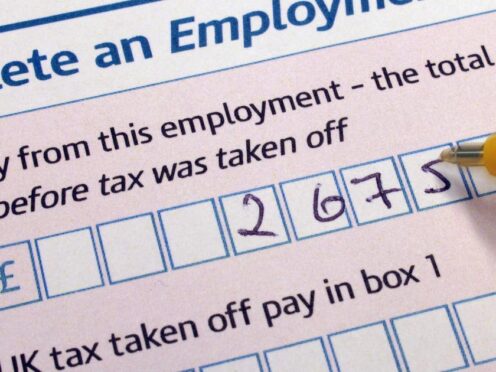If you’re one of the many hoping 2017 will be the year you finally find the job you’ve always wanted, you’ve come to the right place.
We spoke to HR professional and coach Janet Trowse to discuss how to identify when it might be time for a career swap and how to go about making that happen.
1. Pay attention to the signs that say it could be time to change your career

Are you struggling in your current work role? Are you craving a new lifestyle?
Do you feel you have a passion that you are not able to fulfil due to current
work commitments?
If yes to all of those questions, then it’s probably time for you to move on
from your current job. Janet says that a career change is a “huge move” and so tends to be far more successful if you’re sure it is what you want to do.
2. Assess what your strengths are
Ask yourself what drives you. Do a SWOT (strengths, weaknesses, opportunities and threats) analysis on yourself.
“It’s really important to start considering this very early on in the process,”
Janet says.
3. Take time out to think about your decision before leaping into anything drastic
Janet says: “I would say that one of the most important things is to create
space and time to consider what they want.”
We all lead busy lives, but it’s important to make room for conversation about
your career desires.
4. Talk to someone outside your immediate circle of friends and family about your plans

People close to you may have a “bias”, which Janet says is “not particularly
helpful”.
One of the things that Janet thinks is useful is to take some time out with
somebody who will help you through this change in a “very non-judgmental way”.
5. Treat your career change like a business venture
Make a plan and go into detail about what you want to achieve and the
preparations you need to make in order to achieve this.
Have a clear idea of what you want and write that down.
6. Look at what you need to do in order to achieve your goals
Do you need to take a course? Do you need money in place? See it as “an
investment in yourself”, says Janet.
Look at the sacrifices you are willing to make in order to make this happen – is this achievable?
7. Put money dreams to the side for a moment and think about what your personal drivers are
Janet says that “usually somebody is actually trying to satisfy their soul,
rather than going for money when they’re changing career”.
8. See a difficult time within your career as an “opportunity” rather than as something negative
Janet says: “I haven’t met anybody who has regretted their decision (to change careers) because essentially, if they make the wrong decision, usually there is a way back to where you were and if there isn’t a way back, we’d had to redress the reason as to why they changed in the first place.”
Ultimately, if you have an itch that needs to be scratched, it’s better to go
ahead and scratch it now because you’re only going to later anyway.










